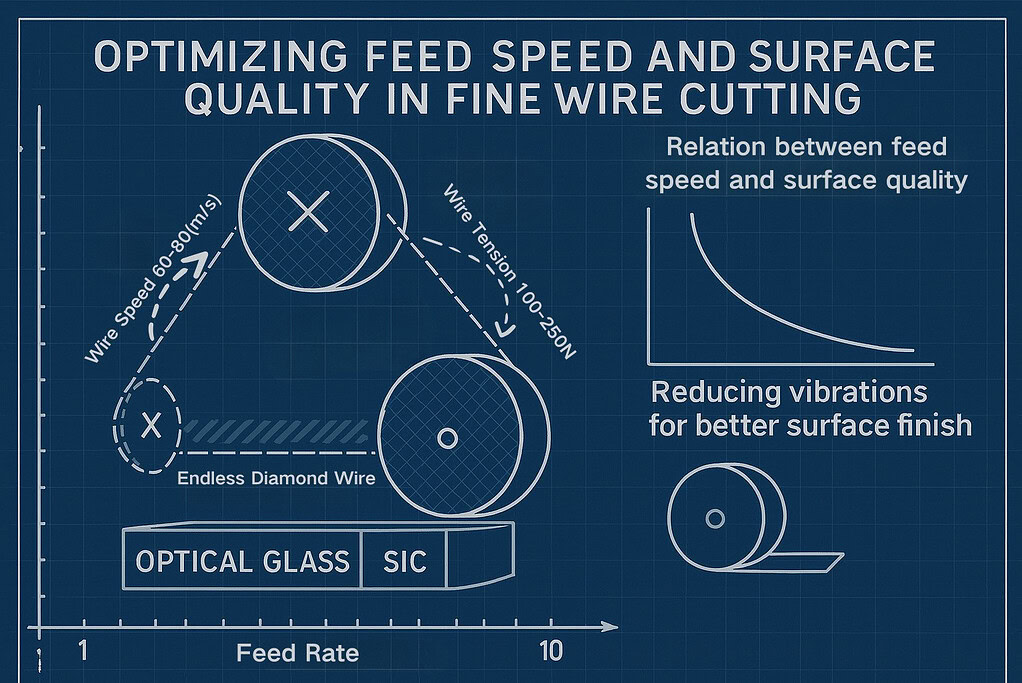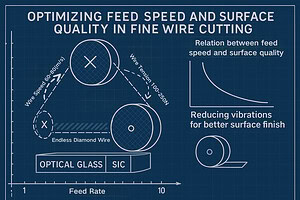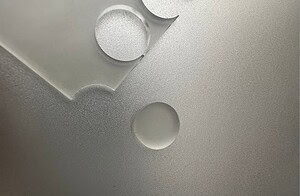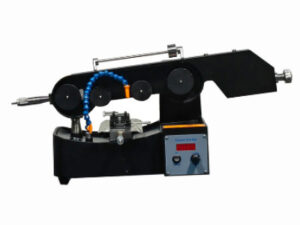Process Optimization in Fine Резка проволоки
Wire cutting—especially when dealing with brittle, hard, or high-value materials—relies on achieving a balance between feed speed, wire tension, vibration control, and abrasive interaction. As industries shift toward thinner substrates, higher precision, and lower allowable kerf loss, оптимизация резки has become a critical engineering discipline.
Modern fine wire cutting systems are widely used in semiconductor wafering, optical component manufacturing, advanced ceramics, technical glass processing, and graphite machining. In these applications, engineers must ensure that the cutting process delivers:
- kerf loss reduction
- cutting smoothness
- stable feed control
- minimal thermal influence
- high surface quality
This article provides an engineering-based framework for optimizing feed speed and improving the overall surface quality in fine wire cutting.
Relation Between Feed Speed and Kerf Width
Feed speed directly determines the material removal behavior during fine wire cutting. As the wire travels across the workpiece, each abrasive particle interacts with the material through micro-cutting and brittle fracture. The aggressiveness and stability of this interaction are controlled by feed speed.
1. Low Feed Speed — Higher Precision, Better Surface Quality
Low feed speeds allow the abrasive wire to maintain continuous and uniform contact with the material. This slower, controlled interaction results in:
- More consistent cutting forces
- Reduced vibration and wire deflection
- Lower heat generation
- Narrower kerf width
- Improved cutting smoothness
- Reduced subsurface micro-cracks
Low feed speeds are typically used for:
- Оптическое стекло
- Fused quartz
- Filters and thin substrates
- Sapphire lenses
- High-precision components requiring post-polishing minimization
Because fragile materials are highly sensitive to impact or thermal stress, engineers often prefer lower feed rates to ensure maximum surface integrity.
2. High Feed Speed — Improved Throughput but Requires Stability
A higher feed speed increases productivity by allowing more aggressive material removal. However, it also increases cutting forces, which can result in:
- Wider kerf width
- Higher risk of chipping
- Deeper subsurface cracks
- Increased vibration
- Higher demand on tension and wire speed stability
High feed speeds are suitable for:
- Графит
- Техническая керамика
- Thick sapphire substrates
- Silicon carbide (SiC) when tension is high and the system is stable
In these cases, the machine’s structural rigidity and tension feedback control must be strong enough to prevent deviation during cutting.

3. Recommended Feed Speed Ranges (Engineering Reference)
| Material Type | Feed Speed Range | Примечания |
|---|---|---|
| Оптическое стекло | 5–10 мм/мин | Focus on smoothness & surface quality |
| Fused quartz | 5–12 mm/min | Low thermal tolerance |
| Керамика | 10-20 мм/мин | Moderate brittleness |
| Графит | 15–30 мм/мин | Porous materials tolerate faster feed |
| SiC wafers | 10–25 mm/min | Requires stable tension (≥ 30–50N) |
| Сапфир | 8–20 mm/min | Demands high wire speed for clean surfaces |
Matching feed speed to material hardness and brittleness is the foundation of feed control and essential for kerf loss reduction.
Reducing Vibration for Better Surface Finish
Surface quality in fine wire cutting is largely determined by how well vibration is controlled. Even slight instabilities propagate through the wire path and leave visible surface defects.
1. Stable Wire Tension
Wire tension (typically between 20–60 N depending on material) governs:
- Wire straightness
- Cutting force stability
- Material engagement angle
- Resistance to deflection
High tension improves cutting straightness for hard materials like SiC or sapphire, while lower tension protects delicate materials from stress-induced cracking.
2. Consistent Wire Speed
Wire speed affects both cutting aggressiveness and surface texture:
- Lower wire speed (50–60 m/s)
- Produces smoother surfaces
- Ideal for optics and quartz
- Higher wire speed (70–80 m/s)
- Высокая пропускная способность
- Supports hard materials
Wire speed and feed speed must be matched; otherwise, cutting marks and waviness appear.
3. Feed Rate Synchronization
Feed rate mismatches can cause:
- Wire chatter
- Surface waviness
- Increased kerf width
- Irregular wire-material engagement
Proper feed control reduces vibration and ensures stable abrasive interaction.
4. Machine Structural Stability
Fine wire cutting depends heavily on:
- High-rigidity guide rollers
- Servo or pneumatic tension systems
- CNC closed-loop feed mechanisms
- Real-time motion monitoring
These systems collectively improve cutting smoothness and final surface finish.
👉 View our industrial systems used for precision slicing → https://www.endlesswiresaw.com/wire-saws
ЧАСТО ЗАДАВАЕМЫЕ ВОПРОСЫ - Cutting Optimization in Fine Wire Cutting
1. How does feed speed affect kerf loss reduction?
Lower feed speeds minimize wire deflection and maintain a narrow cutting gap, reducing kerf loss. Higher feed speeds can widen the kerf unless tension and wire speed are precisely balanced.
2. What parameters most influence cutting smoothness?
Cutting smoothness is controlled by wire tension, feed rate, wire speed, and machine stability. Any fluctuation in these factors can increase surface roughness.
3. Why does vibration degrade surface quality?
Vibration disrupts abrasive contact, leading to waviness, micro-cracks, and uneven material removal. Stabilizing tension and feed speed is critical to prevent this.
4. Can feed optimization reduce polishing time?
Yes. With optimized feed speed and tension, the cut surface becomes significantly smoother, reducing the time and cost required for post-processing.
5. What materials benefit the most from оптимизация резки?
Optical glass, quartz, sapphire, SiC, ceramics, and graphite all show significant improvements in kerf loss reduction and surface quality when feed optimization techniques are applied.
Заключение
Optimizing feed speed and surface quality in fine wire cutting is essential for achieving precision results in brittle and high-value materials. Through careful coordination of feed speed, wire tension, wire speed, and vibration control, engineers can achieve:
- kerf loss reduction
- improved cutting smoothness
- tighter dimensional accuracy
- better surface finish
- higher production stability
As advanced materials continue to evolve, оптимизация резки will remain a core engineering requirement for modern wire cutting systems.








